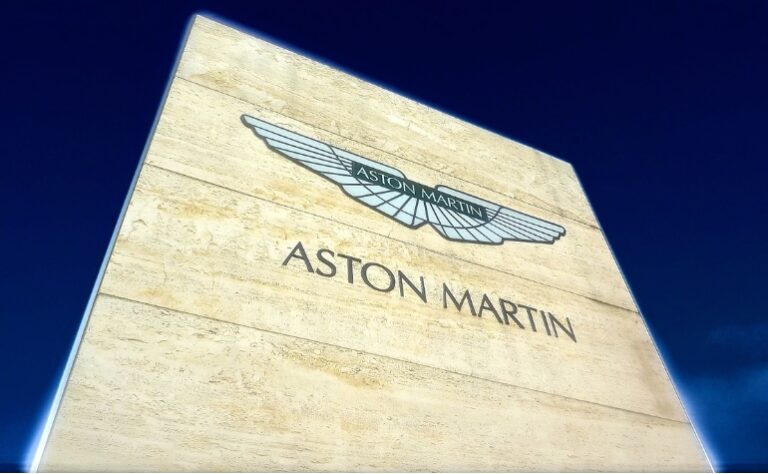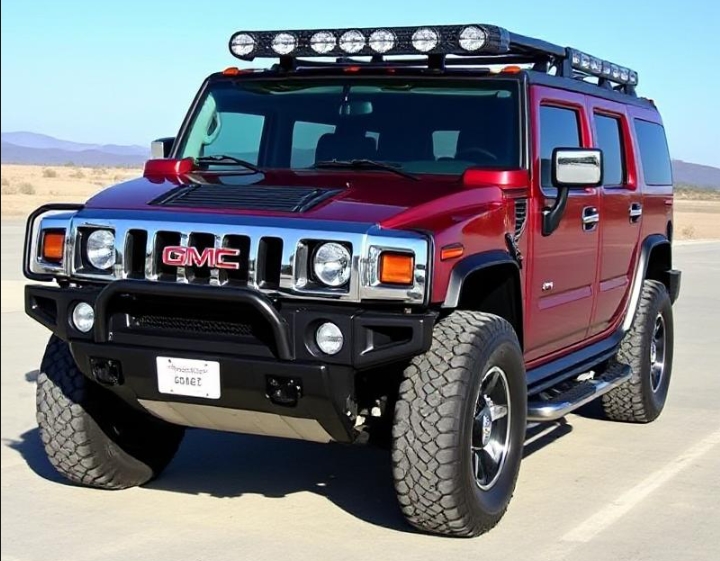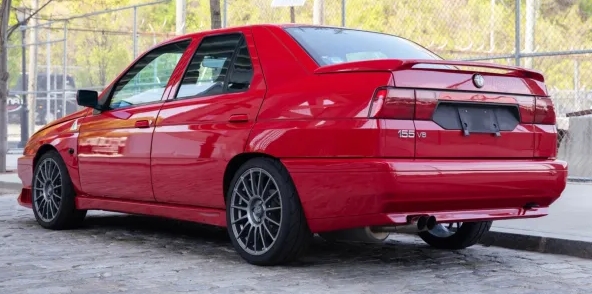The Evolution of the Peugeot 4007 and 4008
Peugeot, the renowned French automotive manufacturer, has a long-standing history of producing versatile and innovative vehicles. Among its offerings in the SUV segment are the Peugeot 4007 and Peugeot 4008, two models that have garnered attention for their design, performance, and technological features. This article provides an in-depth look into the evolution of these models, including their production timelines, models, and trim levels.
Peugeot 4007: The Pioneer SUV (2007–2012)
Overview
The Peugeot 4007 was introduced as a compact SUV designed primarily for the European and Asian markets. It was developed in partnership with Mitsubishi Motors and shared its platform with the Mitsubishi Outlander. The 4007 was Peugeot’s first foray into the SUV market, aiming to combine the brand’s stylish design with practical versatility.
Production Years
- Launch: 2007
- Discontinuation: 2012
The Peugeot 4007 was produced over roughly five years, from 2007 to 2012, before being phased out in favor of newer models.
Model Variants and Trim Levels
Throughout its production, the Peugeot 4007 was available in several trim packages, primarily tailored to different markets but generally including:
- Base Trim (often labeled as “Active” or “S”)
Features included basic interior amenities, manual air conditioning, cloth seats, and standard audio systems. - Mid-Level Trim (commonly “Allure” or “Comfort”)
Added features such as power windows, cruise control, alloy wheels, and upgraded audio systems. - Top-Level Trim (often “Feline” or “Premium”)
Equipped with leather upholstery, panoramic sunroof, premium audio, parking sensors, and additional safety features like stability control and traction control.
Powertrain and Features
The Peugeot 4007 was powered by a range of engines, including:
- Petrol Engines: 2.4-liter four-cylinder, offering moderate performance for urban and highway driving.
- Diesel Engines: 2.0-liter and 2.2-liter four-cylinder diesel variants, known for their torque and fuel economy.
All models generally featured a 5-speed manual transmission, with some markets receiving a 4-speed or 6-speed automatic option. The 4007 was offered with either front-wheel drive or all-wheel drive, making it versatile across different terrains.
Notable Features
- All-Wheel Drive System: Mitsubishi’s S-AWC (Super All Wheel Control) technology was integrated into the 4007, enhancing off-road capability and stability.
- Safety: Equipped with anti-lock brakes, stability control, multiple airbags, and optional parking sensors.
- Comfort & Convenience: Dual-zone climate control, cruise control, keyless entry, and audio controls on the steering wheel.
Peugeot 4008: The Successor and Modern Compact SUV (2012–Present)
Overview
The Peugeot 4008 was introduced in 2012 as a successor to the 4007, built on the same Mitsubishi platform but with a distinct Peugeot design language. It aimed to appeal to a broader market segment with improved styling, technology, and comfort features.
Production Years
- Launch: 2012
- Current Status: Production ongoing (as of 2023)
The 4008 marked Peugeot’s refined entry into the compact SUV segment, continuing to evolve with technological advancements and customer preferences.
Model Variants and Trim Levels
Throughout its lifecycle, the Peugeot 4008 has been offered in several trim levels, each adding more features and luxury:
- Access / Active:
The entry-level variant focused on affordability, including basic infotainment, manual air conditioning, and fabric upholstery. - Allure:
Mid-range trims added features such as touchscreen infotainment with Bluetooth, rear parking sensors, cruise control, and alloy wheels. - GT Line / GT:
The higher trims introduced premium features such as leather upholstery, panoramic sunroof, advanced driver-assistance systems, larger alloy wheels, and upgraded audio systems. - Hybrid Models (introduced in some markets):
The 4008 has also seen hybrid variants, combining traditional petrol or diesel engines with electric motors to improve efficiency.
Powertrain and Technology
The Peugeot 4008’s powertrain options have evolved over the years, including:
- Petrol Engines:
Typically 1.6-liter and 1.8-liter four-cylinder engines, offering a balance of performance and efficiency. - Diesel Engines:
1.6-liter and 2.0-liter variants, appreciated for their fuel economy. - Transmission Options:
5-speed manual, 6-speed manual, and 6-speed automatic transmissions have been available, with all-wheel drive systems standard on higher trims. - Advanced Features:
The 4008 has incorporated Peugeot’s i-Cockpit design, touchscreen infotainment, navigation, parking assistance, and semi-autonomous driving aids in newer models.
Design and Exterior
The 4008 features a distinctive Peugeot design language characterized by a bold grille, sleek headlights, and aerodynamic styling. The interior emphasizes driver-centric ergonomics, with high-quality materials and modern digital displays.
Safety and Driver Assistance
Peugeot has continually updated the 4008’s safety features, including:
- Adaptive cruise control
- Lane departure warning
- Automatic emergency braking
- Blind-spot monitoring
- Rear cross-traffic alert
.
Many car aficionados have multiple hobbies, like boating as well as auto stuff. Those who don’t already own a boat (and even some that do), may have thought about building their own boats. It’s really not as hard as you’d think. Just take a look at these easy boat building plans!

.
Evolution Summary: Comparing the Peugeot 4007 and 4008
| Aspect | Peugeot 4007 (2007–2012) | Peugeot 4008 (2012–Present) |
|---|---|---|
| Platform | Shared with Mitsubishi Outlander | Shared with Mitsubishi ASX/RVR |
| Body Style | Compact SUV | Compact SUV |
| Powertrain | Petrol (2.4L), Diesel (2.0L, 2.2L) | Petrol (1.6L, 1.8L), Diesel (1.6L, 2.0L) |
| Drive | FWD / AWD | FWD / AWD, Hybrid options in some markets |
| Interior | Basic to premium trims (cloth/leather) | Modern, driver-focused, high-quality materials |
| Notable Features | Mitsubishi S-AWC, safety systems | Peugeot i-Cockpit, advanced safety tech |
| Production Duration | 2007–2012 | 2012–present |
Market Reception and Discontinuation
The Peugeot 4007, while innovative, faced stiff competition and limited market penetration outside Japan and certain European markets. Its reliance on Mitsubishi’s platform meant that it was somewhat niche, and the model was eventually phased out in 2012.
The Peugeot 4008, however, has enjoyed continued success owing to its modern design, technology, and versatility. It has served as a key model in Peugeot’s SUV lineup, aligning with global trends favoring compact SUVs.
Conclusion
The Peugeot 4007 and 4008 exemplify Peugeot’s strategic evolution in the SUV segment, transitioning from an initial partnership-based model to a fully developed in-house offering. The 4007 served as an important stepping stone, laying the groundwork for future SUV development, while the 4008 has evolved into a technologically advanced, stylish vehicle that aligns with contemporary preferences.
As Peugeot continues to innovate, the 4008’s ongoing updates and hybrid variants suggest a bright future, reflecting the brand’s commitment to combining style, performance, and sustainability in its SUV lineup.







